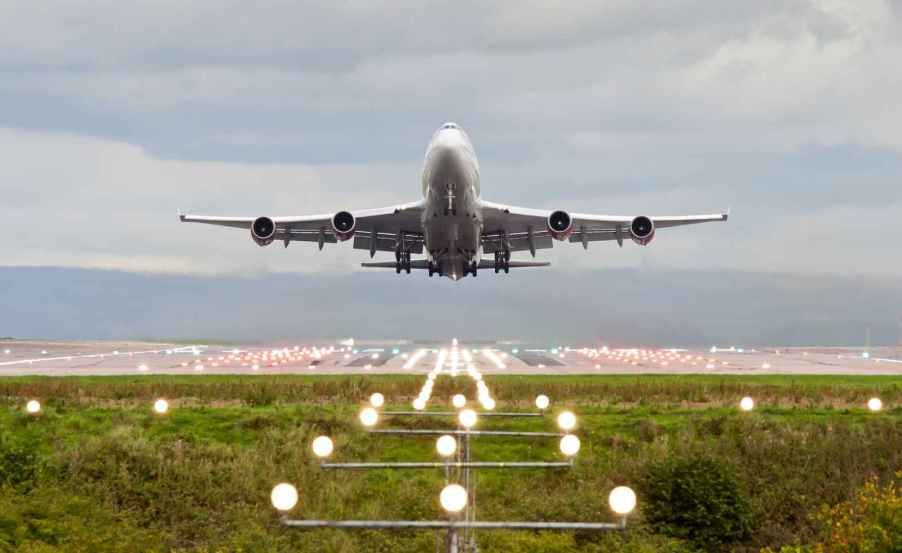
Most Passenger Airplanes Need More than a Mile of Runway to Take Off and Land Safely
Whenever you witness an airplane take off or land, it might seem like a straightforward process. However, determining the distance needed for these maneuvers involves some critical factors. The required distance for an airplane to safely take off and land varies based on the aircraft type, weight, weather conditions, and airport elevation.
For takeoff, the distance depends significantly on the airplane’s weight and engine power. Heavier planes need more runway to gain the necessary speed for lift-off. For instance, a Boeing 737 typically needs about 1.6 miles for takeoff, while a small private plane might need less than half a mile. Engine performance plays a key role, too. More powerful engines allow for shorter takeoff distances. Additionally, weather conditions such as temperature and wind affect takeoff length. Hotter air is less dense, requiring more runway for the aircraft to achieve lift. Conversely, a headwind reduces the needed distance by providing an easy, extra “boost.”

Of course, landing also requires a precise calculation to ensure safety. When approaching the runway, pilots must slow the aircraft and touch down within a specific zone. The required landing distance can even exceed the takeoff distance because planes need space to decelerate safely. A Boeing 737, for example, needs around 1.3 miles to land in totally “normal” conditions. This distance can increase significantly in adverse weather, like rain or snow, which reduces braking efficiency.
Airport elevation is another crucial factor. Higher elevations mean thinner air, which affects both takeoff and landing performance. Aircraft need longer runways at higher altitudes to achieve the same lift as they would at sea level.
You might not have considered the above, but each flight involves detailed planning by pilots and air traffic controllers to account for all variables. They ensure the plane has enough runway to take off and land safely under whatever current conditions crews are faced with.
Source: FAA



